7 Days is a weekly round-up of the Editors' picks of what's been happening in the world of technology - written with a dash of humor, a hint of exasperation, and an endless supply of (Irish) coffee.

What a week it’s been. There’s been no shortage of juicy leaks, intriguing announcements, unfortunate mishaps and spicy rumors – but once again, 7 Days is here to get you up to speed on what's been happening across the tech world this week. Grab a drink, get comfy, and let’s get on with it – there’s a lot to get through!

We begin this week with Twitter, following recent rumors that the social network was planning changes to its timeline, which would supposedly ditch the chronological order of tweets in favor of a new ‘algorithm'. As noted in 7 Days last weekend, Twitter CEO Jack Dorsey said that it had “never planned to reorder timelines” this week – but on Wednesday, it nonetheless announced changes that provoked mass outrage.

However, despite the hysteria surrounding the changes, Twitter hasn’t really rocked the boat as much as some people have chosen to believe; it's introducing a section of around a dozen 'most important' tweets at the top of users' timelines, but the familiar chronological timeline of tweets will still be displayed immediately below that. And the whole thing is also opt-in – for now, anyway – but even when the feature is more widely deployed, users will still be able to opt out.

From outrage to outage (...and, well, probably some outrage too), as customers on Australia’s largest carrier, Telstra, were hit by some unexpected downtime earlier this week. Telstra quickly admitted that the outage was the result of human error, and said that all of its customers would get a full day of free data usage on Sunday.

Over in India, the country’s telecoms regulator made a policy decision banning free internet services that offer only limited access to a tiny fraction of websites and apps. The move has been hailed as a victory for net neutrality campaigners, who were concerned that services such as Facebook’s Free Basics (formerly Internet.org) would give companies the ability to restrict the free flow of information and ideas across the web.

Meanwhile, in Russia, the government wants to ban Microsoft’s Windows from government machines, developing its own home-grown Linux-based operating system, while also raising taxes on foreign tech companies such as Apple and Google operating in the country. This isn’t the first time Russia has made such noises, though, so we’ll have to wait and see if anything’s actually changed this time around.

In the US, researchers at Cornell University have come one step closer to making lithium metal batteries viable for use in our devices. Lithium-ion batteries are already commonplace, but by using lithium in the anode, it can result in almost ten times more capacity per gram (up to 3860mAh per gram vs 380mAh/g) than typical Li-ion units.

America’s National Highway Transportation Safety Administration made a significant determination in acknowledging that the ‘driver’ in Google’s self-driving cars is the software that controls the vehicle’s systems, and not the human sitting inside the vehicle. That may sound blatantly obvious, but it’s a major step towards eventual legislative and infrastructure changes that will be needed before such vehicles become an everyday sight across the country.
![]()
Google announced some small but welcome changes this week to its Gmail web client, to help improve user security.

OnePlus withdraw the 16GB model of its flagship phone from sale in North America and Europe last month, leaving only the more expensive 64GB model on sale in those markets. But on Monday, the company announced a permanent price cut on the 64GB OnePlus 2, which now starts at $349 USD.

It seems that HTC will be unveiling its new Android flagship phone in April, several weeks after many of its rivals will have launched theirs. Curiously, one report suggests that it won’t be called the ‘One M10’ as expected, but claims that it will still be branded as part of the One family.
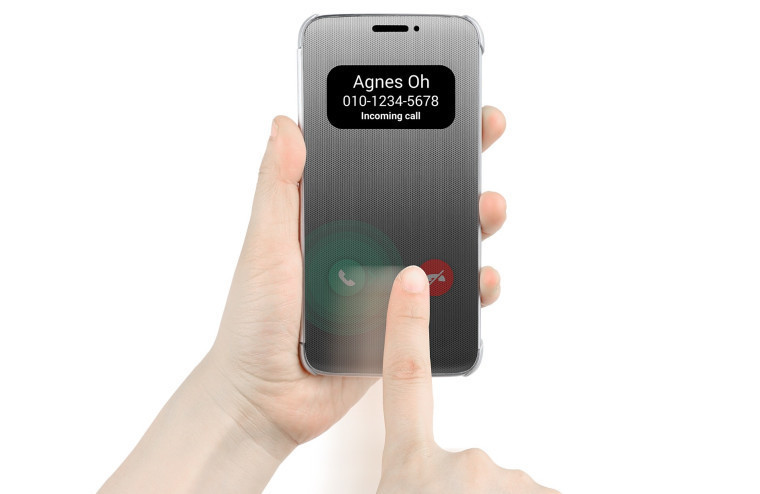
LG announced a touch-enabled Quick Cover accessory for its new G5 flagship, despite also acknowledging that the phone “does not yet exist”. The G5 is due to be officially unveiled next week, and in a recent teaser, the company said that it will feature an ‘Always On display’.

Samsung might have a few words to say about that, as the company filed a trademark application for ‘Always On Display’ earlier this month, amid rumors that its new Galaxy S7 and S7 edge flagships will both include that feature too.
After the Galaxy S7 was caught on camera this week, the S7 edge was also pictured in a photo and a leaked render – all showing that Samsung isn’t making any major design changes over the handsets’ predecessors.
Interestingly, it’s also been rumored that Samsung will bundle a free Gear VR headset with the new handsets for those who order them in the first two weeks of availability.
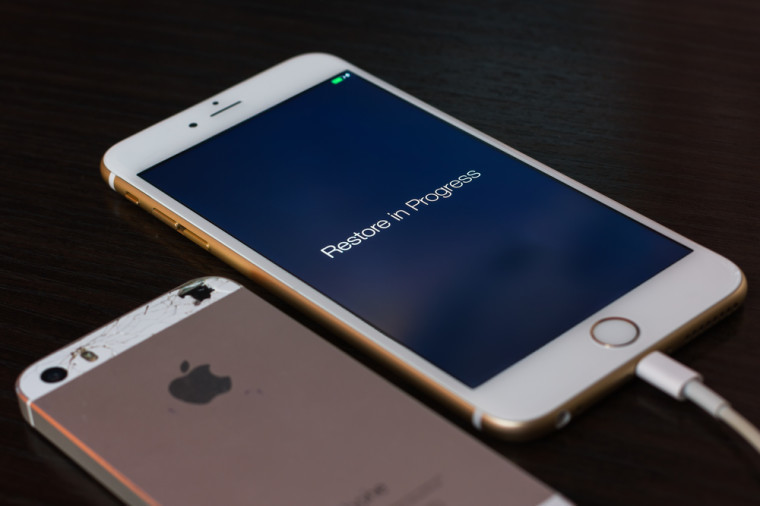
It’s been revealed that you can brick most of Apple’s newest iOS devices just by setting them to a specific time and date: midnight on January 1, 1970.
While the exact reason for the issue hasn’t yet been revealed, it could be related to the fact that that is ‘zero hour’ for Unix time, which is calculated as the number of seconds that have passed since then. However, that value is based on Coordinated Universal Time (UTC), and it seems possible that the iOS bug is related to the way that the OS tries to adjust that time to certain other time zones, effectively creating a ‘negative’ value for Unix time, which isn’t actually possible.
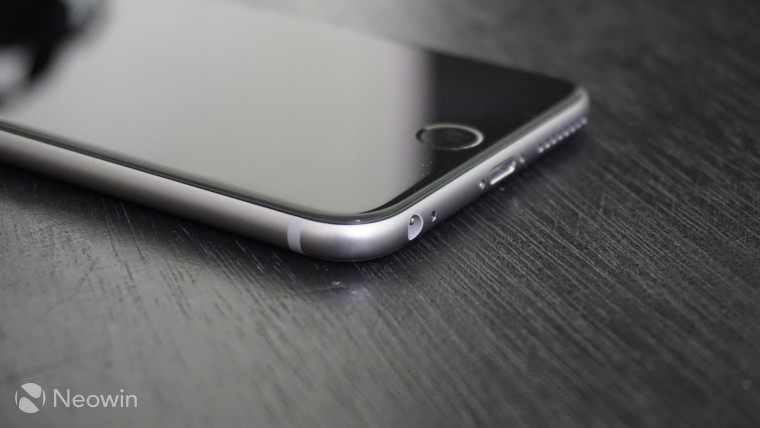
It’s widely believed that Apple is planning to ditch the 3.5mm headphone jack on its iPhone 7 later this year, and some rumors suggested that it would bundle wireless headphones with the new device. However, a report this week claimed that that won’t actually happen until 2017, and that the company will actually include wired headphones with the iPhone 7 that connect via its Lightning port.

After a series of devastating job cuts across its phone business unit in recent years, amid a massive scaling back of its mobile ambitions, Microsoft reportedly made ‘dozens’ more cuts in its phone division this week.
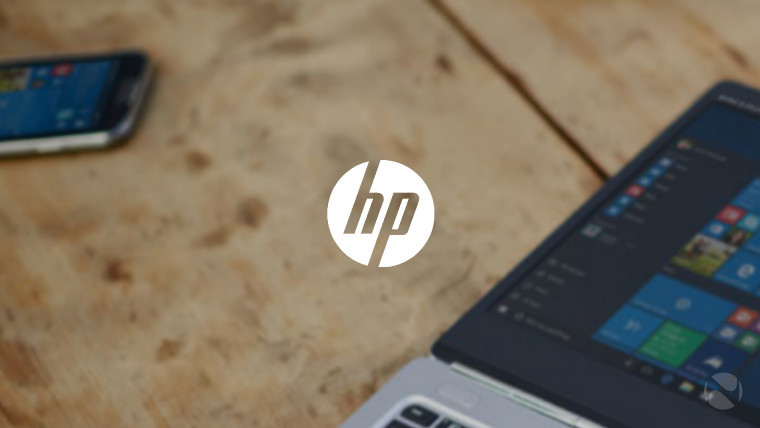
But even while Microsoft reduces its own commitment to mobile devices, its partners are continuing to launch new handsets running its latest OS.
HP is apparently lining up a new Windows 10 Mobile phone, which until recently has been known by its development codename, ‘Falcon’. Various details have emerged about the business-focused handset in recent weeks – including a possible teaser from HP itself – and on Friday, it emerged that it’s expected to go on sale as the ‘Elite x3’.

VAIO’s new Windows 10 Mobile handset, which it unveiled last week, will also be aimed at businesses. However, the Japanese firm said this week that it has “no plans” to offer the Phone Biz in the United States, and it’s not yet clear if the device will make it to any other markets outside of Japan.

Following its unveiling at CES last month, the rather awkwardly-named ‘Alcatel OneTouch Fierce XL with Windows 10 Mobile’ went on sale in the US this week, exclusively on T-Mobile. It’s priced at $139.99, although a near-identical version of the device running Android 5.1 Lollipop is available on T-Mobile’s MetroPCS prepaid wireless service for just $59.99 (after mail-in rebate).

Microsoft has been offering quite a few discounts on some of its devices lately. Its Lumia 640 Windows Phone had been priced at $59.99 until recently, but it’s now available for just $49 – a pretty good price for one of our favorite devices of 2015.

It also launched its first official discount for its newest flagship tablet, the Surface Pro 4. However, despite the company's slightly misleading graphic (shown above), it's dropped $100 off the cost of every model except the range-topping Intel Core i7 variant with 16GB of RAM and a massive 1TB SSD, which is still priced at $2,699.

US buyers can currently get $50 off the Microsoft Band 2 as well – and UK buyers have been treated to some discounts on the device too.
In fact, earlier this month, Microsoft cut the price of the Band 2 by 15% for a few days – but just five days after that promotion ended, it brought the same deal back again, slashing £30 off the wearable device through to the end of this month.
One has to wonder if running such frequent money-off promotions is really the best approach. While it certainly boosts awareness of the device, some potential buyers may well be dissuaded by the idea that a product in need of such regular discounts – especially one that only went on sale three months ago – perhaps isn’t selling very well, and may even be put off buying one as a result.

Microsoft announced recently that the Windows Store has racked up over three billion visits since Windows 10’s launch last year, although it also noted that Windows 8.x is still dominating app downloads so far, thanks to its larger market share.

Of course, apps make a lot of sense on touch-centric devices like phones and tablets, but on larger screens, and with mouse and keyboard input, not everyone finds the app model quite so convincing. We asked our readers this week just how much use they make of Windows Store apps on their notebook and desktop PCs – check out their responses and join in the discussion!

On Tuesday, Microsoft rolled out Windows 10 build 10586.104, a cumulative update for non-Insider PCs, bringing a range of fixes to the OS. The company additionally released six ‘Critical’ and seven ‘Important’ updates as part of its regular Patch Tuesday deployment.
Significantly, Microsoft also U-turned on its decision to avoid providing detailed release notes for these cumulative updates. Until recently, it preferred to keep things ambiguous, with only vague references to ‘bug fixes and other improvements’ – but it’s now launched a full Windows 10 Update History site, giving a much clearer breakdown of what each OS update includes.

Microsoft also released Windows 10 Mobile Insider Preview build 10586.107 to the Fast ring on Wednesday, followed soon after by availability on the Slow ring.

As part of that announcement, Microsoft also revealed the introduction of a third option for Windows Insiders alongside the Fast and Slow rings. The new ‘Release Preview’ ring will offer early access to incremental updates for the Current Branch of Windows 10 development, while the other two options will continue to focus on longer-term development of the next major updates to the OS.

The latest Office Insider Preview, build 15.19, made its way to Mac users on Tuesday, introducing some new features including customization options for the Quick Access Toolbar.

Acer has signed up to pre-install Microsoft apps – including Office, OneDrive, Skype, and others – on its devices, making it the 74th company to do so.

Microsoft’s clumsy management of its OneDrive storage changes continued this week, as it prematurely restricted storage on some users’ accounts to 1TB. The company said last year that it was ditching the unlimited storage allowance that it had promised to Office 365 customers, in a poorly-handled announcement for which it later apologized.

Microsoft’s motion-tracking Kinect sensor may not have been the roaring success on the Xbox that the company had hoped for, but the technology is being put to great use in other applications beyond gaming. Microsoft Research teamed up with medical specialists at Novartis to explore ways of using Kinect in the diagnosis and long-term treatment of multiple sclerosis.

You can currently get a $75 Microsoft Store gift code, and one of three free games, when you buy an Xbox One – but you’ll have to be quick; the offer is due to expire on Monday.

Microsoft announced launch details for the hugely anticipated Quantum Break for Xbox One on Thursday. Significantly, it also revealed that the game – which was originally said to be exclusive to the Xbox One – would be available for Windows 10 PCs too, and those who pre-order the game for the console will get the PC version free, as well as a copy of the critically acclaimed Alan Wake.
Bizarrely, though, some gamers threw the most appalling hissy fit when they learned that Quantum Break wouldn’t be completely exclusive to the Xbox One after all, lashing out at Xbox head Phil Spencer, and threatening to cancel their pre-orders.

After running a closed beta for Tom Clancy’s The Division last month, Ubisoft announced that it will offer an open beta this month – and again, Xbox One gamers will have a 24-hour exclusive before others get to join in the action.

Details emerged on Titanfall 2, including the revelation that the sequel will include a campaign mode with a full storyline, and that a spin-off TV show is also in the works.

However, in slightly troubling news, Sega Sammy Group confirmed that a Sonic the Hedgehog movie is coming in 2018 as a “live-action and animation hybrid”.
Ick.

But for the second week in a row, we end with a blast from the past. After a young developer brought a version of Windows 95 to web browsers last week, details emerged on Thursday of a remarkable Archive.org project that succeeded in bringing the ancient Windows 3.1 to browsers.
Some of us around these parts are actually old enough to remember the original version…! o_O

Bonus content
Before we wrap things up for another week, let me first highlight a few extra bits around the site that I hope you’ll enjoy reading.

First up, Neowin editor Timi Cantisano published his review of Coin 2.0, the second-generation device that’s intended to replace the need to carry all of your credit cards with you. Unfortunately, as he explained, the device is far from up to the task.
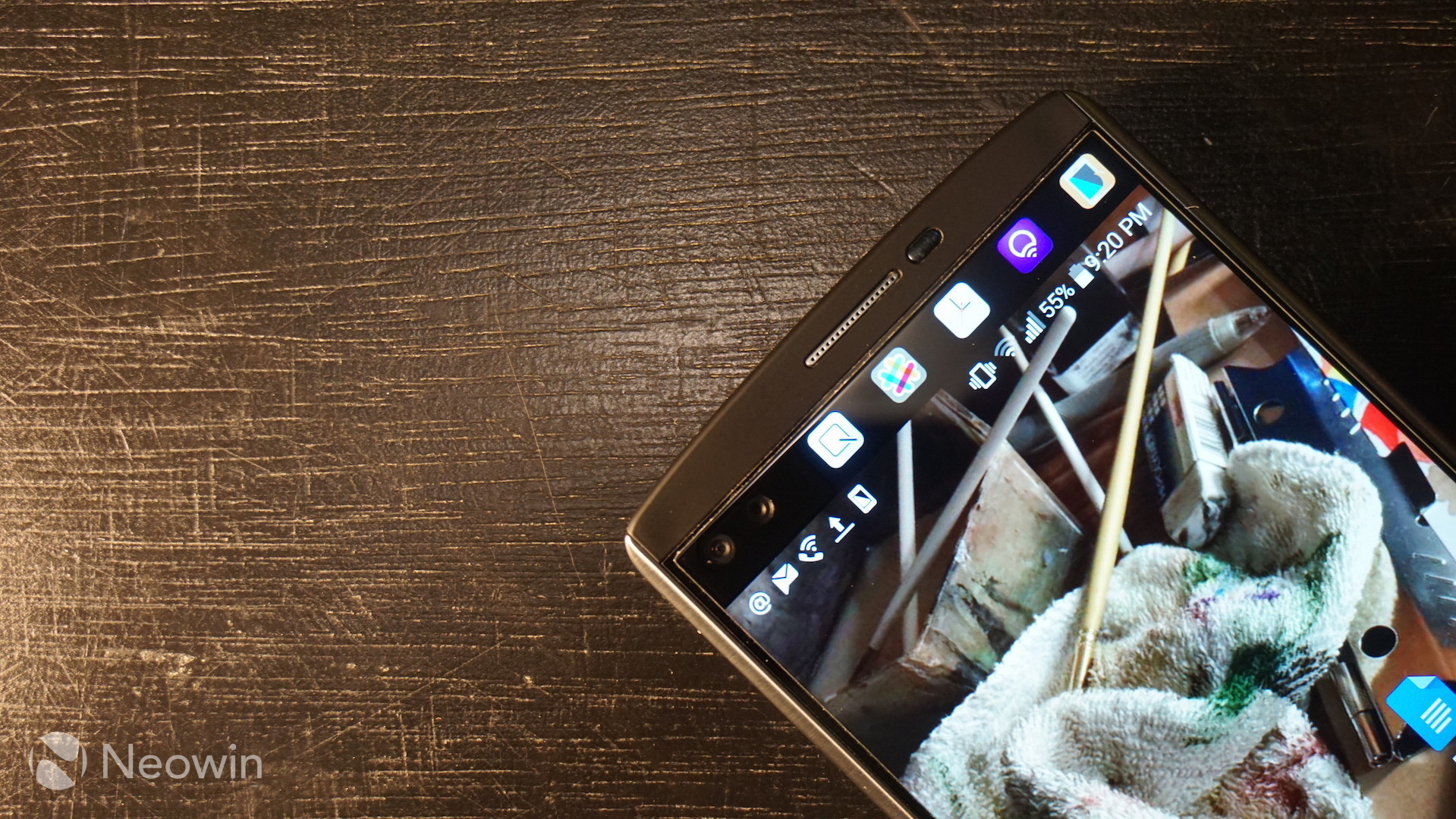
Timi’s been pretty busy testing out devices for our readers recently – he also shared his review of LG’s V10 flagship, which features an unusual, tiny secondary display above the main screen. The handset performed pretty well, but it fell short of excellence, particularly with regards to the implementation of that additional display.

Finally, editor Vlad Dudau shared his answers to ten questions that might be asked about his decision to ditch Windows Phone in favor of an Android device – a move that many users have been making in recent years, as Microsoft’s mobile market share continues to plummet.
The week ahead
We’re expecting Microsoft to finally unveil the Lumia 650, after it reportedly delayed its announcement from earlier this month.
We may also – at long last – get some official information about Microsoft’s rollout of Windows 10 Mobile to existing Windows Phone 8.1 devices, after the company delayed its planned release back in December.
Microsoft will begin shipments of the Surface Book in several markets this week, including the UK, France and Germany, among others. Astonishingly, despite an apology in early December, Microsoft still hasn’t fixed the issue that prevents the Surface Book (and the Surface Pro 4) from properly entering a sleep state, resulting in high battery drain on both devices, even when not in use. However, Brad Sams from Petri.com was first to report that a fix is expected in the coming week, and we’ve independently confirmed with our own sources that Microsoft is planning to release new drivers on either Monday or Tuesday, ahead of the European Surface Book rollout - but as always, these plans could potentially change.
Don’t forget that the open beta of Tom Clancy’s The Division will begin on Thursday for Xbox One gamers, and on Friday for those on PlayStation 4 and PC.
And a little further ahead, next weekend, we’ll get the first new device announcements from Barcelona – including Samsung’s Galaxy S7 and S7 edge, and the LG G5, among others.
Along with the usual mix of official news, juicy rumors, and intriguing insights, it should be another exciting week!
As ever, there’s plenty more to read across the site – including loads of interesting discussions over on our forums. From all of us on the Neowin team, have a great weekend!

















3 Comments - Add comment